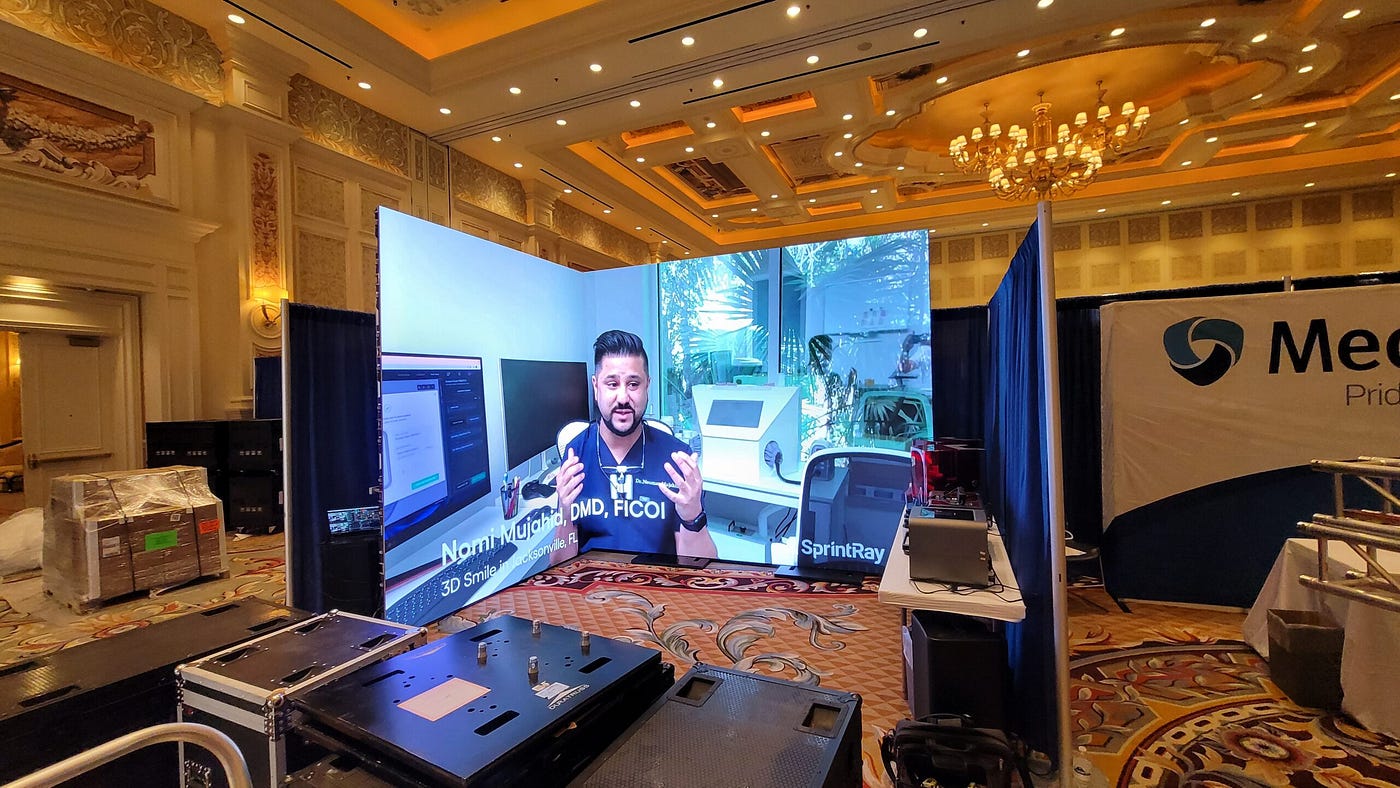When discussing resolution, it is essential to consider pixel pitch, which is the distance between the center of one picture element to the midpoint of the following picture element. A reduced picture spacing yields a greater image clarity, enabling additional clarity in the images displayed. For example, an LED screen with a picture pitch of 1.5mm will offer a sharper visual than one with a picture spacing of 3mm. This is especially important in environments where audiences are near to the display, such as in a small venue or a exhibition show booth. In these cases, a higher image clarity can greatly improve the observing quality.
Another factor of image clarity is its impact on color precision and luminosity. LED walls with greater resolutions often have better hue rendering, indicating that the hues displayed are more vibrant and realistic. This is essential for uses like advertising, where the objective is to attract interest and convey a message efficiently. Additionally, greater image clarity displays can maintain luminosity levels even when seen from different angles. This is crucial in big locations where audiences may be positioned at various ranges and angles from the screen.

The performance of LED walls is also affected by resolution in terms of refresh rates and reaction durations. A greater image clarity screen can support quicker update rates, which is crucial for fast-moving content such as videos and animations. This means that the images on the screen will appear smoother and more fluid, enhancing the overall observing quality. In comparison, reduced image clarity displays may struggle with fast-moving content, leading to blurriness or lag. Therefore, for events that rely on high-energy images, selecting a screen with a suitable resolution is critical.
In conclusion, resolution plays a vital role in determining the functionality and image clarity of LED screens. Elements such as pixel pitch, color accuracy, brightness, refresh rates, this content and response times all contribute to how effectively a display can convey data and capture audiences. As technology continues to progress, grasping these elements will assist operators choose the appropriate LED screen for their particular requirements, guaranteeing that they obtain the best possible results in their presentations and occasions.